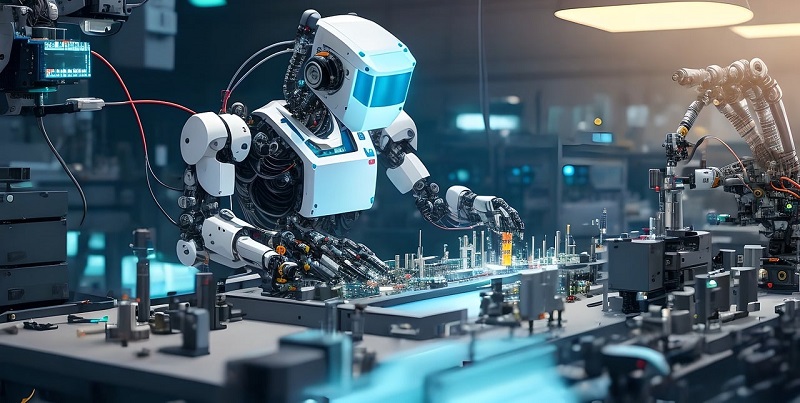In today’s rapidly evolving technological landscape, businesses are constantly seeking innovative ways to optimize their processes and improve efficiency. This is where robotic process automation (RPA) comes in. RPA offers a solution that enables seamless communication and integration between different systems, allowing organizations to leverage the full potential of their technology stack. In this article, we will explore the challenges of legacy systems, the importance of integration in business, and how RPA can serve as a catalyst for digital transformation.
Challenges of Legacy Systems
Legacy systems, although reliable, often pose significant obstacles for organizations. They can be expensive to maintain and upgrade, and their outdated infrastructure may render them slow to deliver value. In a world where speed and agility are crucial for business success, these systems can hinder progress and limit the organization’s ability to adapt to changing market dynamics.
The Need for Integration in Business
To thrive in today’s interconnected world, businesses must harness the power of integration. Different systems and applications need to communicate seamlessly with each other, enabling a cohesive network of data and technologies. Integration breaks down information silos, streamlines processes, and facilitates better decision-making. Without integration, organizations risk inefficiencies, data discrepancies, and missed opportunities.
RPA as a solution for system communication and integration
Enter RPA – a game-changer in the realm of system communication and integration. RPA acts as a digital worker, efficiently moving data from one system to another. Its ability to bridge disparate systems allows for comprehensive communication and integration, eliminating the need for manual data transfer and reducing errors. With RPA, organizations can create a tightly connected network that facilitates the free flow of information, enhancing overall efficiency and effectiveness.
Blending Artificial Intelligence and Machine Learning
Over the past few years, RPA processes have undergone significant advancements. By incorporating elements of artificial intelligence (AI) and machine learning (ML), RPA systems have become smarter and more capable. AI and ML enable RPA to intelligently analyze data, adapt to changing circumstances, and perform complex tasks with minimal human intervention. This evolution has revolutionized business operations, empowering organizations to automate repetitive tasks and focus on high-value work.
Realizing the potential of the technology stack with RPA
One of the most significant advantages of RPA is its ability to leverage both modern and legacy systems. It allows organizations to fully capitalize on their existing technology stack without compromising on customer service or experiences. RPA seamlessly integrates with legacy systems, enabling organizations to extract maximum value without the need for complex and costly API integrations. This optimization of legacy enhances speed, efficiency, and ROI.
The limitations of RPA and the importance of assessing systems
However, it is essential to acknowledge that while RPA offers immense benefits, it is not a one-size-fits-all solution. Before implementing RPA, organizations must thoroughly assess the systems they intend to integrate. RPA requires clearly defined rules, and complex processes may call for additional expertise and development. Without a proper evaluation of system compatibility, the potential benefits of RPA may be limited or even compromised.
The Complexity of RPA and the Need for Expertise and Development
Despite its capabilities, RPA is not without its complexities. Implementing RPA requires a thorough understanding of business processes, system architecture, and the intricacies of integration. Organizations must invest in the necessary expertise to develop and deploy RPA effectively. This may involve training existing staff or collaborating with external partners who possess the requisite RPA knowledge and experience. By doing so, organizations can unlock the full potential of RPA and ensure successful implementation.
RPA as a Solution for Maximizing Value from Legacy Systems
For companies looking to optimize the value of legacy systems and bypass the need for full integration with APIs, RPA proves to be the ideal solution. RPA enables organizations to extract every last drop of value from their legacy systems by seamlessly integrating them with newer technologies. This approach combines the benefits of modernization, speed, and efficiency while delivering measurable returns across customer service, employee productivity, and overall business efficiency.
In conclusion, RPA serves as a transformative technology that enables organizations to maximize efficiency and unlock the full potential of their technology stack. By facilitating seamless system communication and integration, RPA revolutionizes business operations, supports digital transformation, and empowers organizations to adapt and thrive in a rapidly changing landscape. While it is important to assess system compatibility and invest in expertise, the rewards that RPA offers – from improved customer service to increased business efficiency – make it a smart and capable solution for organizations seeking to optimize their processes and maximize value.

